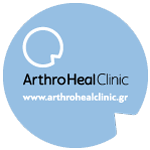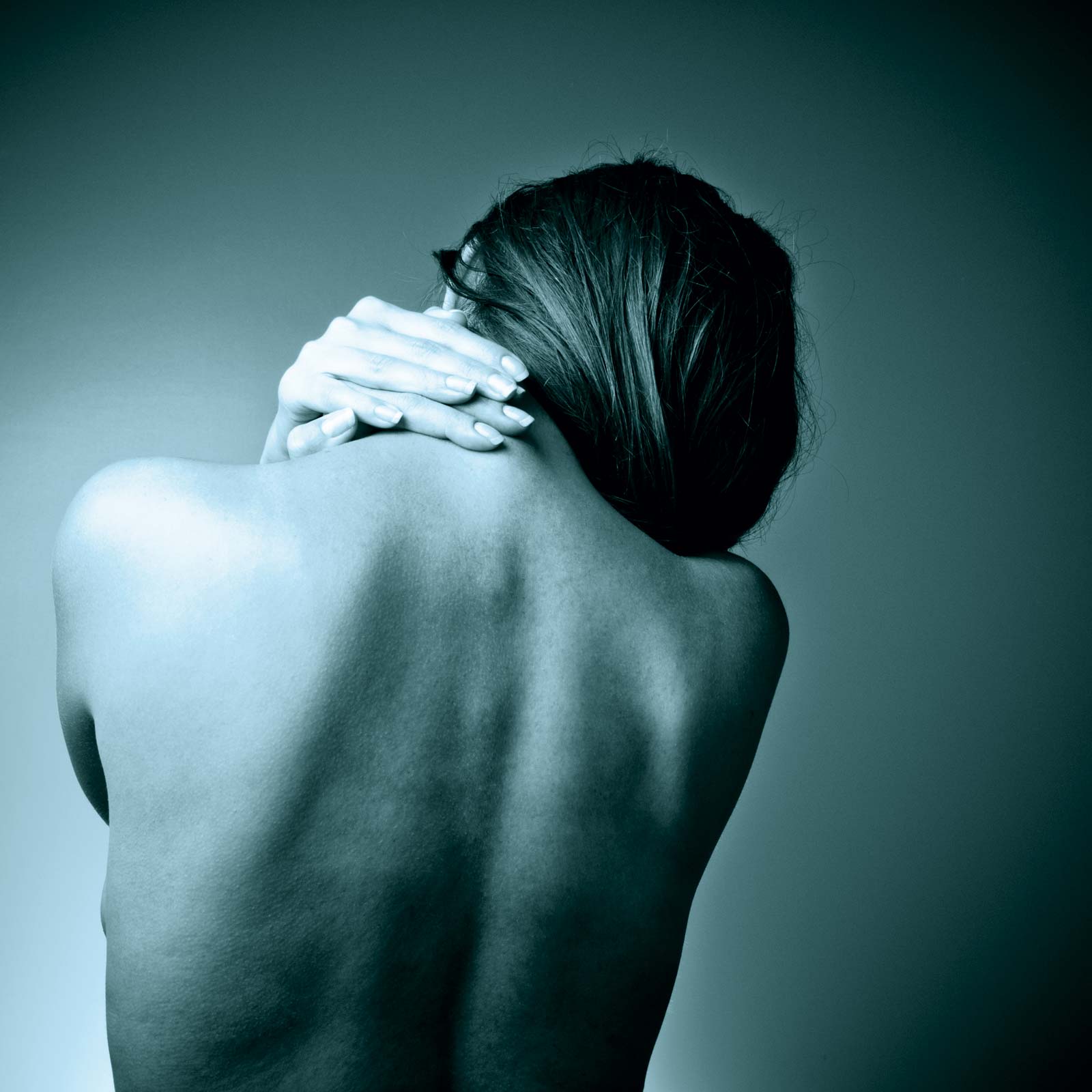HIP ARTRITIS
If your hip (hip) you hurt during movement or even at rest and sleep and need intensive medication to relieve the symptoms then it is most likely to suffer from advanced osteoarthritis.
Osteoarthritis is a degenerative etiology that affects articular cartilage and subchondral bone of all body joints.
The loaded joints such as the knee and hip because they hold all the body exhibit more frequent and more intense symptoms and lead patients to Orthopaedic Surgeon to take the final treatment option.
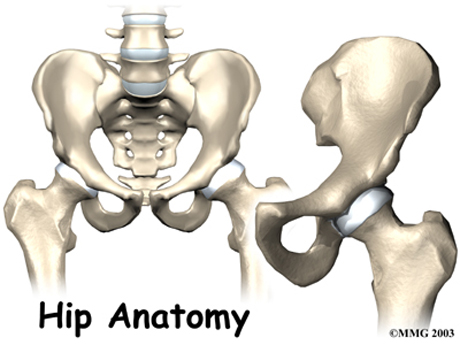
Normal hip joint (AAOS)
Normal hip X-ray
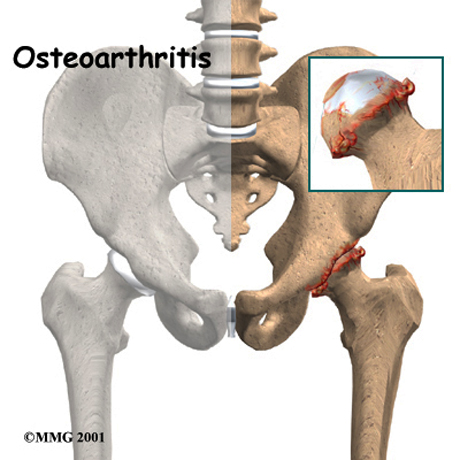
Hip osteoarthritis
Severe right hip osteoarthritis
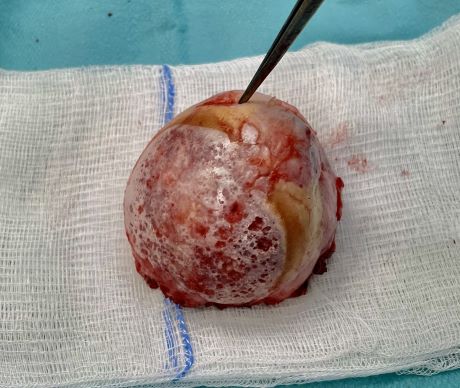
Final stage femoral head - hip osteoarthritis.
Typical causes pain and reduced mobility of the hip joint
The most common causes of chronic pain and impaired function of this is arthritis. Osteoarthritis, rheumatoid arthritis and traumatic arthritis are the most common types of the disease ..
• Osteoarthritis usually occurs in people 50 years and older and often found hereditary history arthropathies, many times during the development of the hip early age observed dysplasia form which will lead to faster progression to the end time.
• Rheumatoid arthritis is an autoimmune disease with inflammation of the synovial membrane and premature deterioration of the articular cartilage of the joint resulting in faster onset of symptoms of pain and stiffness
• Traumatic arthritis usually follows an injury to the joint as a serious intra-articular fracture. The fracture may cause the irreversible necrosis of the femoral head known as osteonecrosis. Articular cartilage can be injured and soon to develop osteoarthritis.
See more: arthrohealclinic.gr
ALMIS - MINIMAL INVASIVE HIP ARTHROPLASTY
The modern technique ALMIS hip arthroplasty relates to minimal invasive joint replacement since during joint exposure the muscle structures are not cut but separated by creating a ‘contoured window' through which the surgery is conducted.
The advantages of ALMIS including the immediate and painless mobilization of the patient after surgery which minimizes the days of hospitalization and allows the patient to faster restoration of social and professional activities.
A further advantage of the method ALMIS over other minimal invasive methods is not use mechanical traction system of the lower limb during surgery may cause complications.

